Spice Safari: 7 Must-Try African Dishes That Will Ignite Your Palate!
African traditional cuisine is a vibrant tapestry of flavors, colors, and stories. From the smoky spices of North Africa to the fiery heat of West African stews, each dish tells a tale rooted in centuries-old traditions. Whether you're a seasoned chef or just someone who loves experimenting in the kitchen, this guide will take you on a culinary journey across the continent — one spice at a time.
Table of Contents
- Introduction
- Top 7 Spicy African Dishes You Can’t Miss
- The Magic Behind the Heat: African Spice Blends
- Buying Guide: Choosing Authentic African Ingredients
- Pro Tips for Cooking with African Spices
- Conclusion
A Culinary Journey Through Africa’s Spice-Laden Lands
Africa isn't just one flavor profile — it's an entire symphony of tastes. Each region has its own unique approach to cooking, often influenced by geography, trade, and local customs. The continent’s rich spice heritage includes everything from pungent ginger and earthy cumin to bold chilies and aromatic cloves. And when these spices come together in traditional dishes, the result is unforgettable.
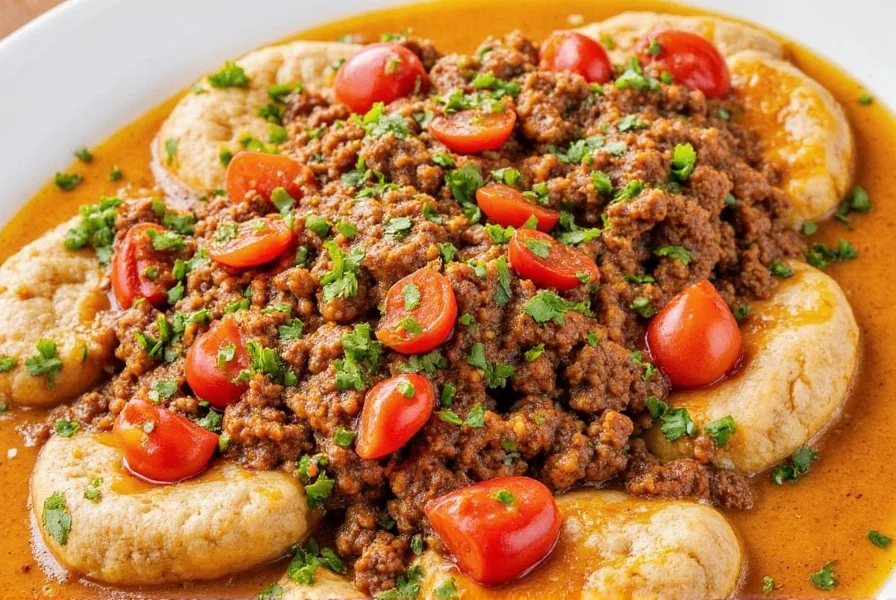
Top 7 Spicy African Dishes You Can’t Miss
Ready to embark on your own flavor safari? Here are seven must-try spicy African dishes that showcase the continent’s incredible range of spices and cooking techniques.
- Jollof Rice (West Africa) – A tomato-based rice dish packed with chili, thyme, and bay leaves. It's a staple at weddings and celebrations across Nigeria, Ghana, and Senegal.
- Injera with Doro Wat (Ethiopia) – This spiced chicken stew uses berbere, a powerful blend of chili, garlic, ginger, and fenugreek.
- Bunny Chow (South Africa) – Hollowed-out bread filled with spicy curry made from goat, lamb, or chickpeas.
- Chermoula Fish (North Africa) – Fish marinated in a fiery mix of paprika, cumin, garlic, and harissa.
- Maafe (Senegal & Mali) – A peanut-based stew with tomatoes, onions, and plenty of dried chilies.
- Kapenta Stir-Fry (Zimbabwe) – Tiny dried fish cooked with onions, tomatoes, and a kick of bird’s eye chili.
- Degue (Sudanese Yogurt Sauce) – A spicy yogurt dip infused with cardamom, cumin, and fresh chilies.
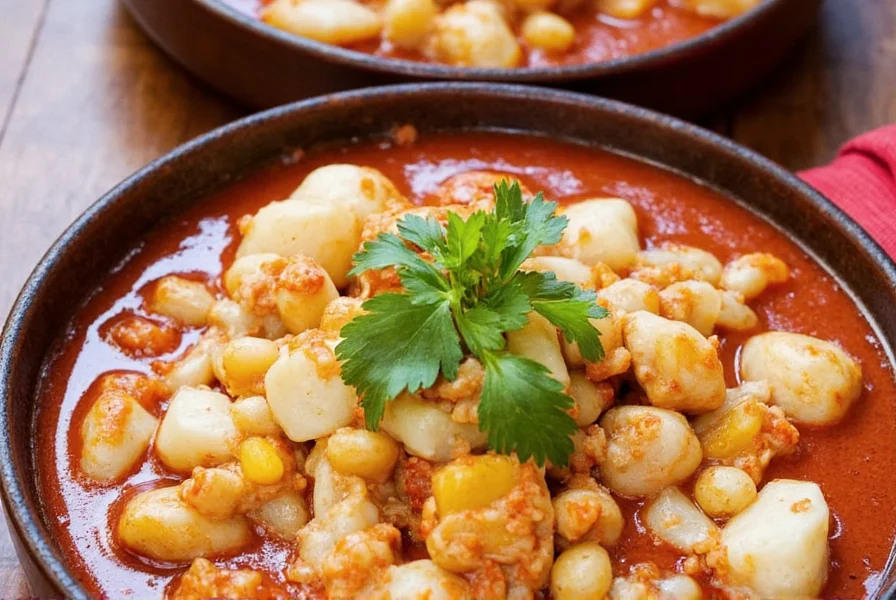
Comparison Table: Key Features of Popular African Dishes
| Dish | Region | Main Spice(s) | Heat Level (1–5) | Best For |
|---|---|---|---|---|
| Jollof Rice | West Africa | Scotch bonnet, thyme | 3–4 | Family gatherings |
| Doro Wat | Ethiopia | Berbere | 4 | Festive occasions |
| Bunny Chow | South Africa | Curry powder, green chilies | 3–5 | Street food lovers |
| Chermoula Fish | North Africa | Paprika, harissa | 3 | Seafood fans |
| Maafe | West Africa | Dried chili, ginger | 2–3 | Vegan meals |
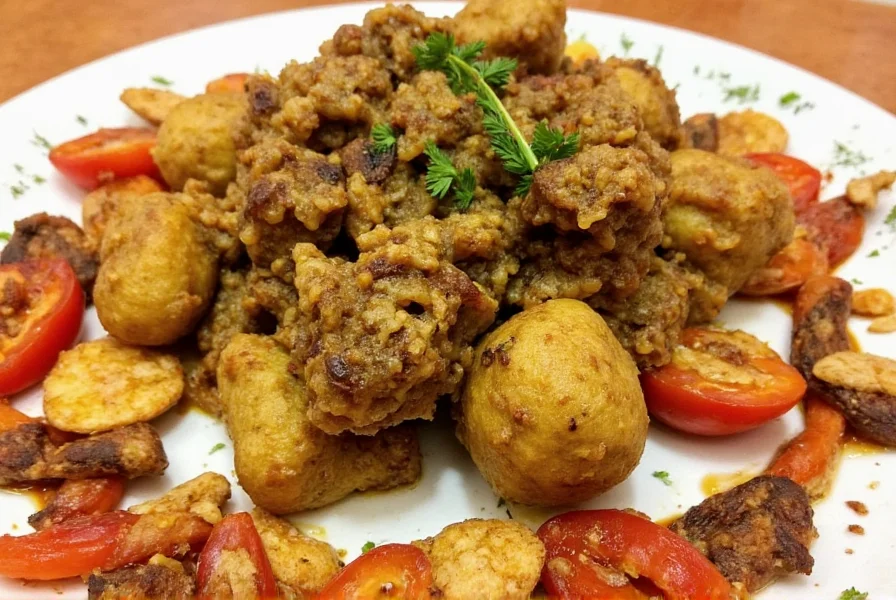
The Magic Behind the Heat: African Spice Blends
If you want to truly understand African cuisine, you need to get familiar with its spice blends. These aren't just random collections of powders — they’re carefully curated to bring out layers of flavor and heat.
Berbere (Ethiopia)
- Key ingredients: Chilies, garlic, ginger, coriander, fenugreek, allspice, cinnamon
- Flavor profile: Smoky, earthy, and intensely hot
- Uses: In Doro Wat, stews, and lentil dishes
Harissa (Tunisia)
- Key ingredients: Dried chilies, coriander, caraway, olive oil
- Flavor profile: Fiery, garlicky, slightly citrusy
- Uses: In tagines, dips, and grilled meats
Ras el Hanout (Morocco)
- Key ingredients: Over 30 spices including cumin, cinnamon, nutmeg, clove
- Flavor profile: Sweetly warm, complex, and fragrant
- Uses: In lamb dishes, couscous, and slow-cooked stews

Buying Guide: Choosing Authentic African Ingredients
You don't have to travel to Marrakech or Cape Town to find quality African spices and ingredients. Here's how to shop smart whether you're hitting up your local market or browsing online stores.
1. Look for Real Deal Spices
Many supermarket brands sell generic “African-style” spice mixes, but they often lack authenticity. Try to find products labeled as “authentic,” “hand-blended,” or from specific regions like Ethiopia or Morocco.
2. Check for Whole Spices vs. Pre-Mixed
If you love experimenting, buy whole spices like coriander seeds, cumin, and peppercorns. Grind them fresh for maximum aroma. If you’re short on time, ready-made blends like Ras el Hanout can be incredibly convenient.
3. Brands We Recommend
| Product | Features | Best Use Case | Audience | Suitable Occasions |
|---|---|---|---|---|
| Amaharic Foods Berbere Blend | Hand-mixed from Ethiopian roots, vegan-friendly | Doro Wat, stews, legumes | Home cooks, professional chefs | Ethiopian nights, family dinners |
| Harissa from Les Moulins Mahjoub (Tunisia) | Preservative-free, sun-dried chilies | Tagines, marinades, roasted veggies | Cooking enthusiasts, fusion chefs | Weekend grilling, Mediterranean feasts |
| Ras el Hanout by La Boîte | Artisan-crafted, customizable strength | Lamb dishes, couscous, braised vegetables | Spice collectors, gourmet chefs | Formal dinners, holiday meals |
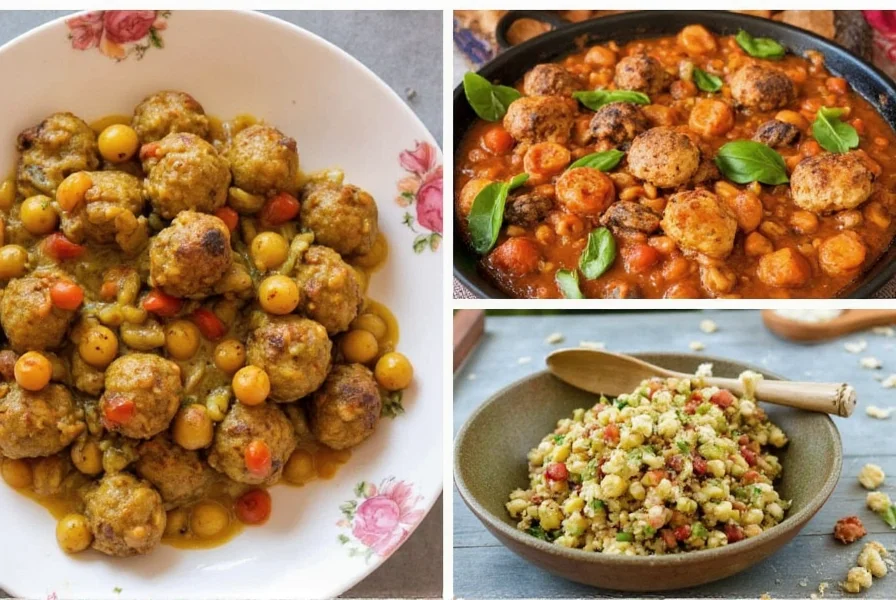
Pro Tips for Cooking with African Spices
Cooking with African spices can feel intimidating if you’re not used to their potency or complexity. But with a few tricks up your sleeve, you’ll be creating bold, flavorful dishes in no time.
1. Toast Before Grinding
Toast whole spices like cumin and coriander seeds in a dry pan before grinding. This brings out their natural oils and enhances their aroma and flavor.
2. Don’t Skip the Base
Whether you're making Jollof Rice or a stew, always start with a solid base of onions, garlic, and ginger. These aromatics help bind the spices and build depth in your dish.
3. Balance Is Key
Spices are meant to complement, not overpower. Taste frequently and adjust salt and heat levels accordingly. Add a splash of vinegar or lemon juice to brighten things up if needed.
4. Let Flavors Marinate
Like many cuisines, African dishes benefit from resting after cooking. Give your food 10–15 minutes to rest so the flavors can meld beautifully.

Conclusion: Spice Up Your Life with African Cuisine
African traditional cuisine is more than just food — it’s culture, history, and soul on a plate. With the right spices and a dash of curiosity, you can bring the heat, heart, and harmony of Africa into your home kitchen. Whether you're hosting friends, trying something new, or simply spicing up your routine meals, these recipes and tips will keep your taste buds guessing and your spirit soaring.
So grab your spice rack, pull out your favorite pot, and let’s dive into the delicious world of African flavors. Your next culinary adventure is just a simmer away!

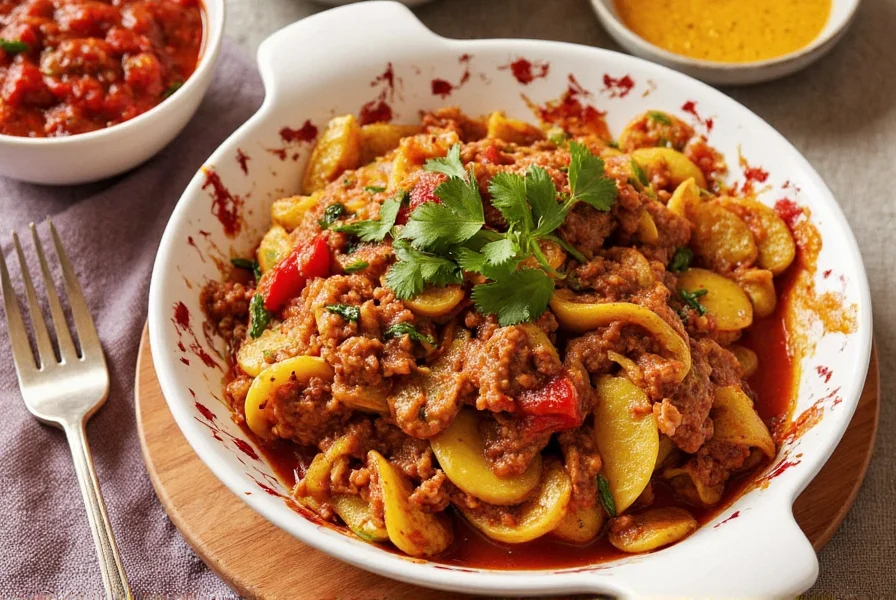









 浙公网安备
33010002000092号
浙公网安备
33010002000092号 浙B2-20120091-4
浙B2-20120091-4